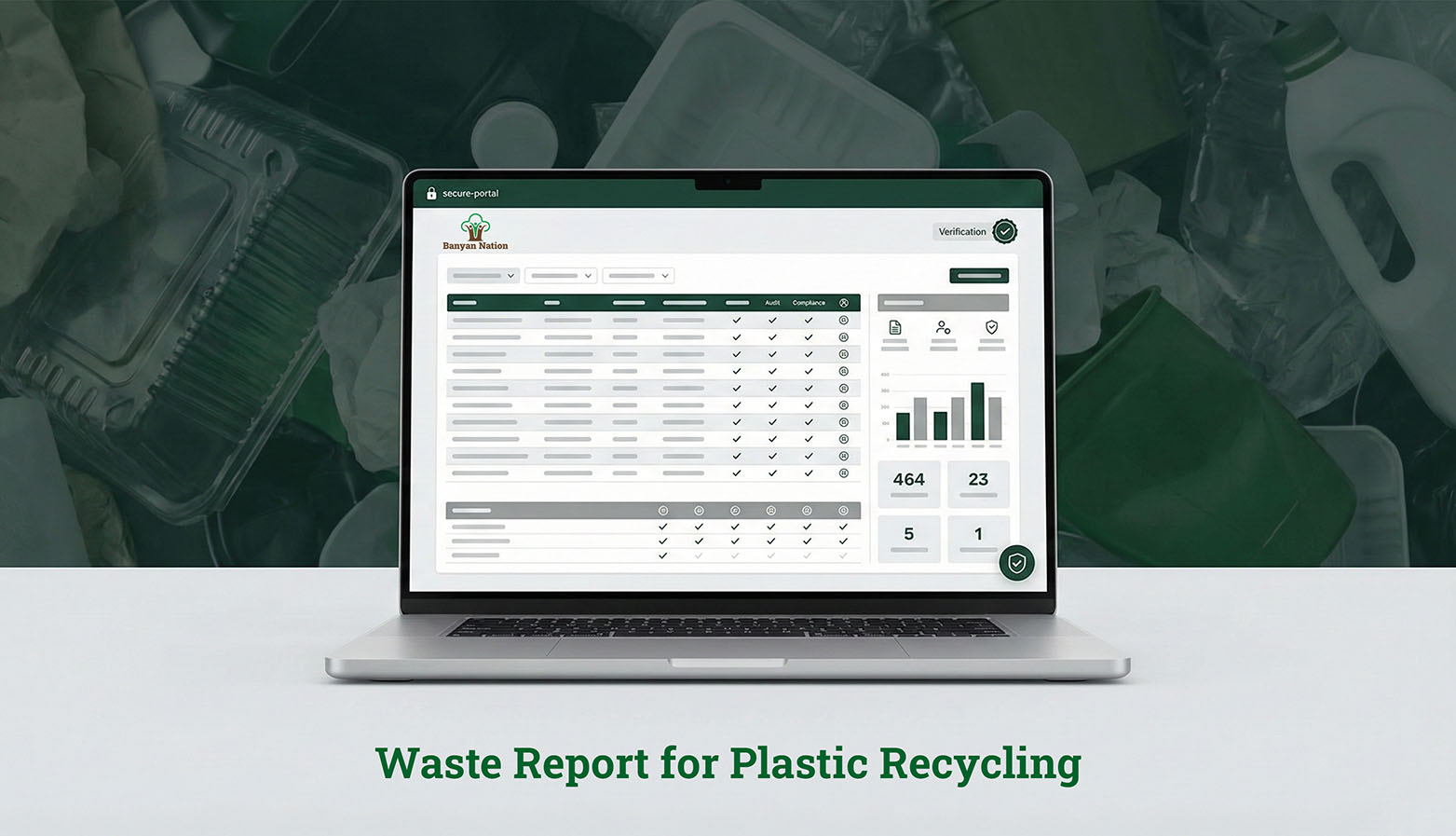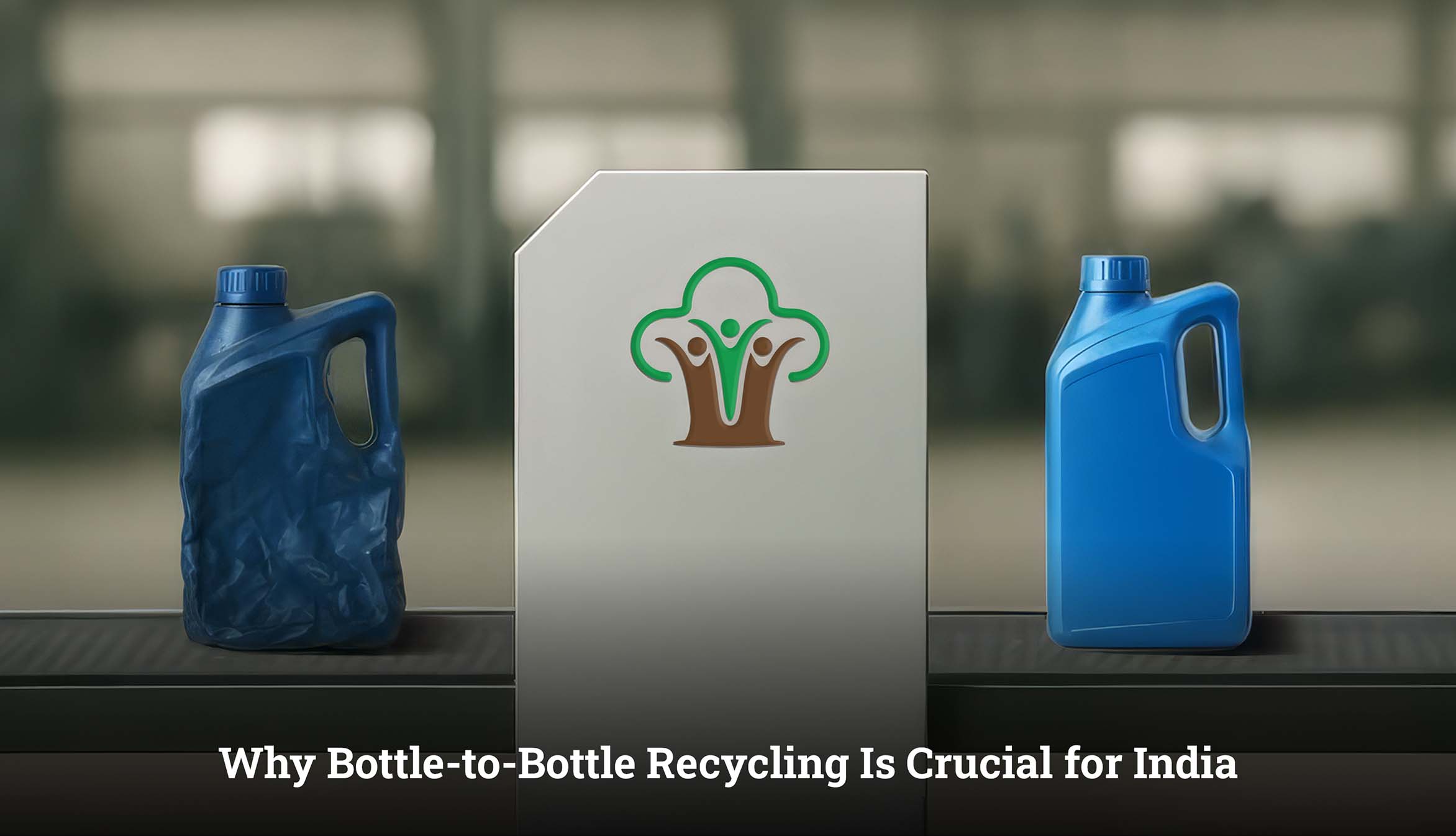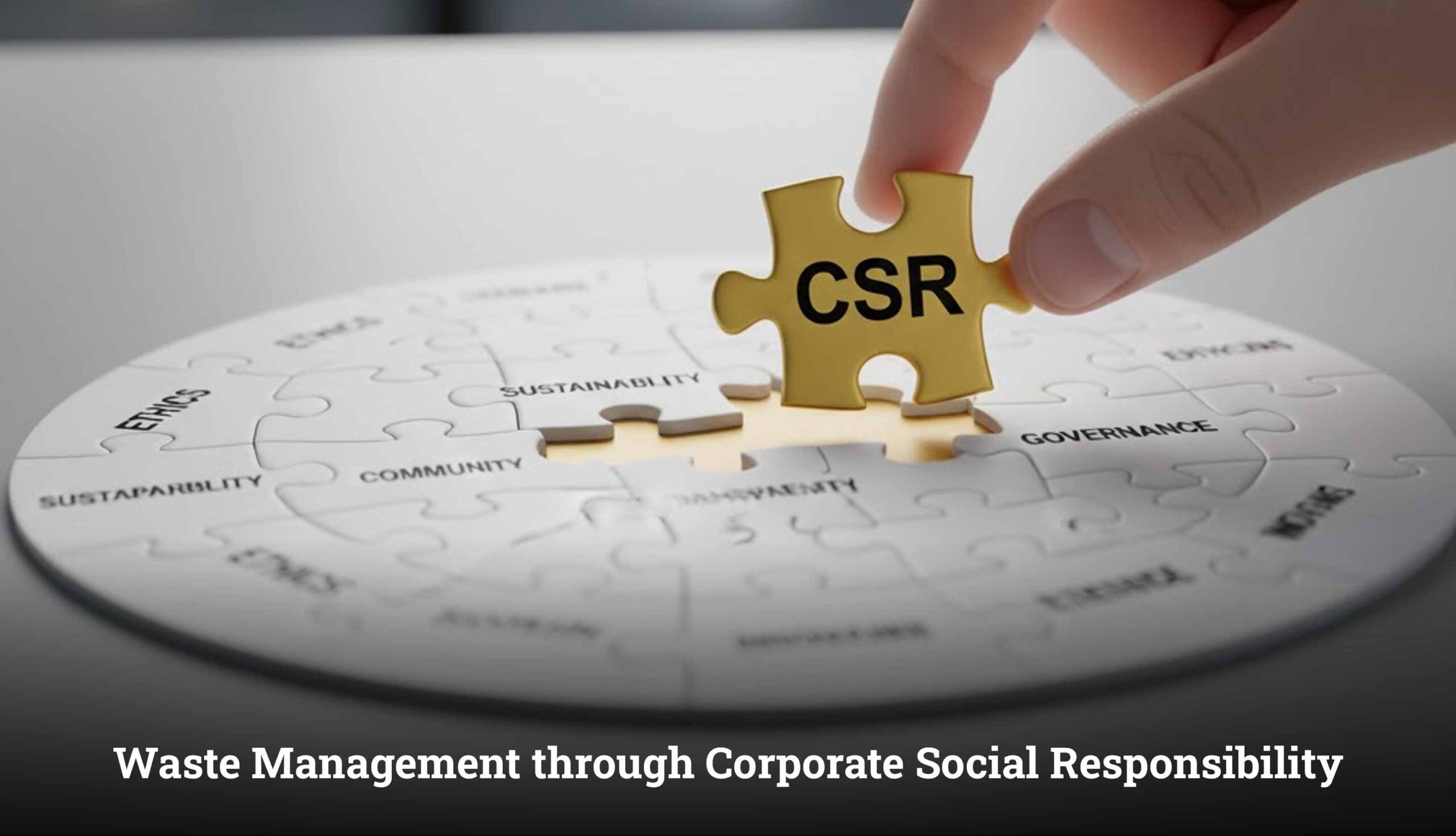Making fresh plastic from discarded plastic waste could be a better way for waste management around the globe. At the moment, the rate of plastic recycling is lower than the quantity of plastics dumped. Recycling plastic waste is a step from discarding, it diverts plastic and takes pressure off the landfills. Ecologically sustainable ways have shown a reduction in negative consequences.
What is Plastic Waste Recycling?
Plastic waste refers to plastic thrown away after its useful life has ended. The constant increase in plastic is because almost every other plastic product is discarded as waste after a single use. Once littered, plastic finds its way into our surroundings and then to the landfills. Since plastic waste sticks longer than other types of waste, it presents a unique concern.
Why is Recycling Plastic Important?
Plastic waste accumulation is a serious issue in contemporary times. Plastics are made with the intent to last longer and hence it is not biodegradable. Unfortunately, these wind up as waste in our oceans or in landfills, affecting the ecosystem and wildlife. The chemical composition that makes it non-biodegradable is harmful when buried in soil, contaminating the groundwater. Moreover, dumping plastic waste into the water bodies is also a serious issue, marine creatures tend to swallow and choke on them. This results in a steady decline in their population.
Recycling plastic waste aids in reducing these problems. This results in less need to build new landfills by recycling plastic waste rather than disposing of it in the ocean or landfills.
Step-by-step Process for Recycling Plastic Waste
To comprehend the 6 steps involved in recycling plastic waste, let’s take a closer look at the plastic recycling process:
Step 1: Collection of plastic waste
Collecting plastic is a crucial step in the recycling plastic process as there are four categories of plastics that determine recyclability criteria.
The recycling plastic process includes a careful selection of discarded plastics that exhibit the properties of virgin plastics.
Step 2: Sorting by type of plastic
To manually sort the discarded post-consumer and post-industrial plastic garbage, encompassing home items to automotive and electronic components, we have trained and integrated numerous aggregators. Here, there is a procedure involved in comprehending the categories and organizing them accordingly. The easy-to-recycle plastic is actually recycled plastic; the layers in this plastic determine how complex it becomes.
Step 3: Shredding and reducing size
Plastic waste decreases in size when it is shredded, which is why shredding becomes vital in the process of recycling plastic. Following this, the plastic shreds are sent to a grinder to turn them into flakes, in order to facilitate easier granulation and the removal of contaminants.
Step 4: Washing and cleaning
Using chemical water in a boiler, the hot wash method removes 98% of surface contaminants. This results in washed granules free of labels, adhesives, inks, prints, and any other product and packaging-related contaminant. Post-washing, the flakes are color-graded and mixed to ensure a batch’s color consistency.
Step 5: Melting and Pelletizing
Following this highly efficient recycled pellets are produced using cutting-edge extruders specifically engineered to reduce volatile organic compounds.
The last step in the process of recycling plastic includes deodorization, which eliminates volatile organic compounds from extruded pellets, making some of these pellets suitable for food contact packaging.
Step 6: Manufacturing New Plastic Products
The generated pellets can be used to make new products. Packaging manufacturers can incorporate the rPE resins in a wide range of applications in packaging bottles and Blown Films for FMCG, Lube, and other packaging. The rPP resins can be used for blow grade and injection grade packaging and others.
Common Types of Recyclable Plastics
There are three types of plastics, and among those only a few plastics are collected and recycled commonly, though the rest of the plastics can be recycled it requires more attention and specific actions.
Somewhat recyclable plastics are rigid plastics and monolayer plastics and are incredibly hard to recycle are multilayer plastics.
The most commonly recycled plastics are rigid plastics, which include:
- Polyethylene Terephthalate (PET) – plastic water/ soft drink bottles and other trays
- High-Density Polyethylene (HDPE) – shampoo bottles, cutting boards, and more
- Polypropylene (PP) – margarine tubs and ready-meal trays
Benefits of Plastic Waste Recycling
Recycling discarded plastics has a number of benefits. It results in a decrease in the consumption of energy and virgin polymers. Other well-known benefits are:
1. Protects the environment: Pollution is minimized by recycling as there is a reduced need to use virgin polymers in producing new plastic products.
2. Increases job opportunities Recycling industries grow hence creating new jobs for candidates coming from specific streams of Environmental and Sustainability Studies. It also integrates the informal sector and improves their livelihood.
3. Saves fast-depleting landfill areas: The growing population necessitates habitable land, and the number of landfill sites is rapidly declining. Proper waste management saves a significant amount of landfill space.
4. Promotes sustainability: The rising societal acceptance of plastic recycling raises awareness and emphasizes its positive impacts on the environment by encouraging responsible behavior among industries.
5. Support Circular Economy: Implementing recycled plastics into the supply chain can improve economic resilience and also build a sustainable cycle.
Challenges in Recycling Plastic Waste
Lack of waste segregation: The sorting process for plastics must be done manually into its types before any plastic can be recycled. This results in a process that is inconsistent and inefficient.
Contamination: The recycling process is hindered mainly when non-recyclable elements are mixed with plastic waste, resulting in decreased quality of recovered plastic.
Economic Factors: Businesses often choose plastics of recycled ones because recycling can be expensive, in developing countries.
Limited Awareness: A lot of people are unaware of the ways to dispose of plastic properly; this makes it harder for plastic waste to be collected and recycled effectively.
Future Trends in Plastic Recycling
There are some advancements envisioned in plastic recycling that will shape the future.
- Innovative recycling method, for a broader range of plastics that includes the processing of contaminated and multi varieties, through chemical recycling.
- With the stringent implementation of Extended Producer Responsibility (EPR), producers are urged to take accountability for the lifecycle of their plastic products.
- Sustainability practices lie in the circular economy where businesses incorporate plastics into supply chains, fostering closed-loop systems.
- The increasing public knowledge is leading to more people participating in recycling initiatives.
To reduce harm to the environment and promote sustainability efforts it is essential to recycle plastic. Recycling helps reduce the strain on landfills, preserves resources, and minimizes pollution. Apparently, the future of plastic recycling looks promising due to progress and increased awareness. The use of recycled materials is crucial, for our lives, and by working we can contribute to a cleaner and more sustainable world.
FAQ's
What plastics can’t be recycled?
There are certain plastics, such as polystyrene (Styrofoam), PVC (polyvinyl chloride), and multilayered plastics (for example, chip bags and candy wrappers), which are hard to recycle. This is because they have complex structures, numerous layers of material, or contain hazardous compounds, making them difficult to recycle.
How efficient is the plastic recycling process?
The nature of plastic and the local infrastructure determine how effective recycling is. While recycling HDPE (high-density polyethylene) and PET (polyethylene terephthalate) is simple, recycling other plastics may degrade their quality or need more energy. The fact that worldwide less than 10% of plastic waste is recycled suggests that better procedures are required.
How can I reduce plastic waste in my daily life?
By adopting habits like choosing products with recyclable or minimal packaging, using reusable bottles, bags, and containers instead of single-use plastics, supporting businesses that use recycled materials, and properly sorting waste, people can help reduce the amount of plastic waste produced in their daily lives.
Can plastic bags be recycled?
Plastic bags can be recycled, because they tend to interfere with recycling machinery, they usually need special collecting schemes. Because of this problem, the majority of nearby recycling centers do not accept them in standard bins. Instead, individuals can search for designated drop-off locations at stores or recycling centers equipped to handle plastic bags efficiently.

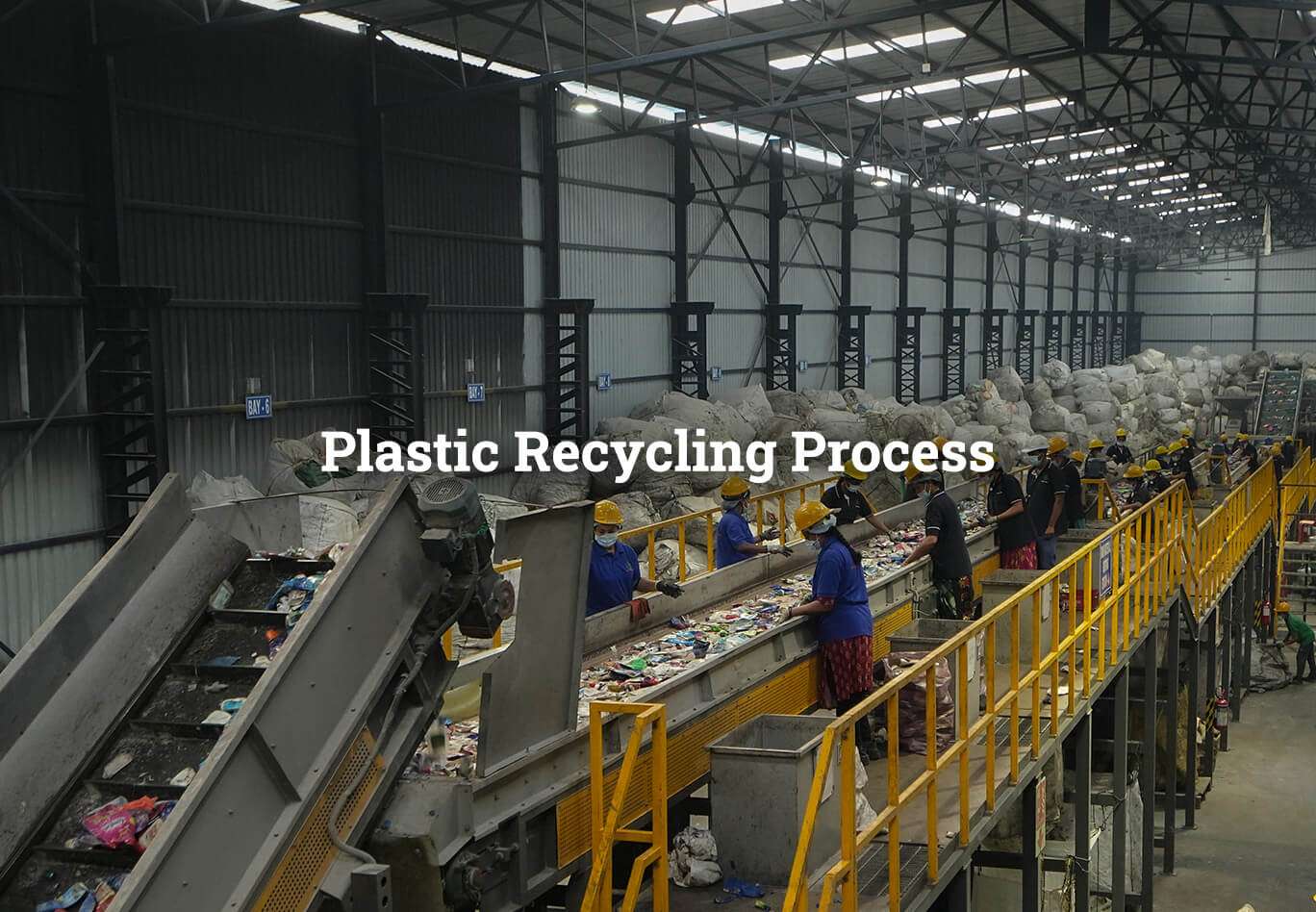
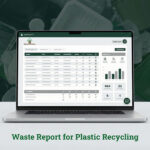 What Is Waste Reporting and Why Does It Matter in Plastic Recycling?
What Is Waste Reporting and Why Does It Matter in Plastic Recycling?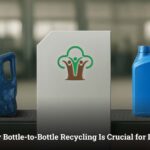 What Is Bottle-to-Bottle Recycling? Why It Matters for India
What Is Bottle-to-Bottle Recycling? Why It Matters for India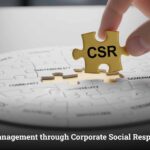 The Role of CSR (Corporate Social Responsibility) in Waste Management
The Role of CSR (Corporate Social Responsibility) in Waste Management What is Takeback Program & Their Role in Building a Circular Economy
What is Takeback Program & Their Role in Building a Circular Economy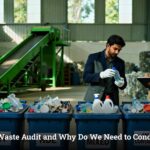 What Is a Waste Audit and Why Should Recycling Companies Conduct One?
What Is a Waste Audit and Why Should Recycling Companies Conduct One?